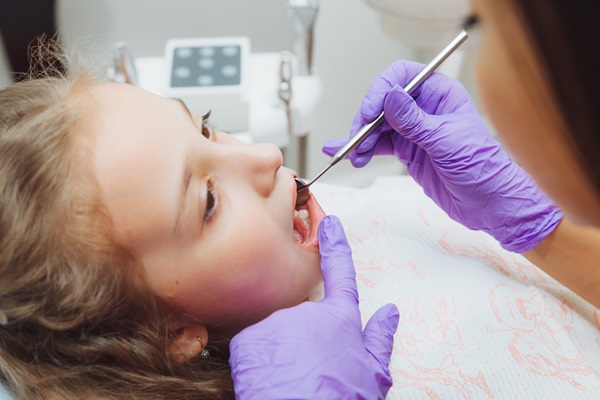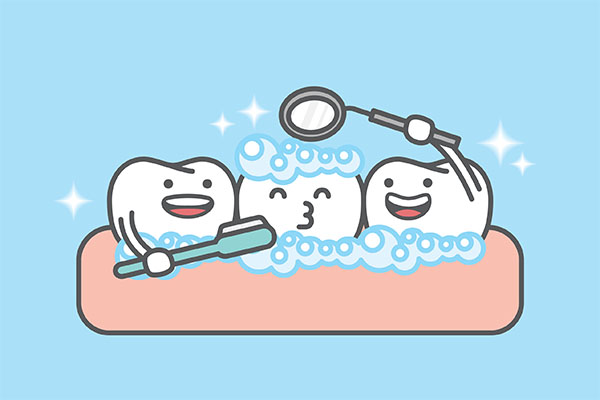3 Types of Pediatric Cavity Treatment

A pediatric cavity treatment can improve a young patient’s dental health. Poor oral care and a high-carbohydrate diet can lead to cavities. This type of dental problem is common in kids. Sealing these cavities can help bring back a child’s smile and dental function. Here are the three types of pediatric cavity treatment that children can avail of.
1. Dental crown
Severe dental decay will result in large cavities. An ordinary filling may not be able to cover the hole and preserve the tooth’s structure. The pediatric dentist will likely recommend this type of pediatric cavity treatment. The visit will be longer than that of getting a regular filling.
Preparing the tooth will be necessary. After numbing the tooth and its surrounding area, the dentist will remove the decayed areas. Shaping the dental structure will allow the crown to fit over the tooth. Then, cementing the custom-fit crown over the reshaped tooth will follow. Polishing the crown will allow it to blend better with the neighboring natural teeth.
2. Dental filling
This pediatric cavity treatment is a common solution for cavities in children. Primary and permanent teeth can regain stability with dental fillings. Numbing the affected area will come first. Removing the decayed area will follow.
The hole will then receive a tooth-colored filling, made of composite resin. The dentist will then dry the filling with a curing light. Many cavities will need more than one dental visit. Scheduling this pediatric cavity treatment can help prevent the child from spending long hours in the treatment chair in one appointment.
3. Dental extraction
All dentists aim to preserve teeth. But if the cavities are too deep, a dental extraction may be necessary. The dental decay may have already reached the sensitive inner layer of the tooth. Removing the affected tooth will prevent the neighboring teeth from developing decay and cavities as well.
The dentist will numb the area first if the target is a baby tooth. But if it is an adult tooth, the child needs to be under general anesthesia. The extraction will allow the dentist to treat any infection left in the gum area. The child will need space maintainers after the baby tooth’s extraction. A dental implant will be necessary to replace an adult tooth.
This pediatric cavity treatment can improve the child’s dental health and self-esteem as well. Recovery will take longer because of the wound in the gum tissue. Parents must supervise their child’s dental care practices. Routine visits to the dentist can help support the child’s dental hygiene. Taking dental care seriously at an early age can help prevent dental extractions.
Types of cavities and the right pediatric cavity treatment for each
The enamel is the tooth’s first line of defense. It protects the more sensitive inner dental layers. Cavities can develop in different parts of the enamel. Here are the different types of cavities and the pediatric cavity treatment for each one:
- A smooth-surface cavity develops on the sides of the mouth. It affects the flat outer surface of the tooth. This cavity is the slowest to develop among all the types of cavities. A smooth-surface cavity is treatable with fluoride treatments.
- A root cavity develops on the surface of a tooth’s root. Acids, sugars, and bacteria can then penetrate the roots more and cause cavity formation. The pediatric cavity treatment is an urgent dental filling to the affected tooth.
- A pit and fissure cavity often develops on the rear molars on their chewing surfaces. This part of the tooth is prone to cavities because it can harbor bacteria and food particles. Dental sealants can help protect the molars from this type of cavity. The pediatric cavity treatment for the early stages of this problem can come in the form of fluoride. Deeper cavities need fillings, crowns, and even root canals.
The causes of cavities in primary teeth
A high-sugar diet and poor oral care are the main causes of cavities. Bacteria thrive on starch and sugar. The acids they produce destroy the enamel layer of the teeth. Plaque forms and then hardens into tartar.
Preventive treatments like dental sealants and fluoride coatings can protect baby teeth from cavities. Keeping the child on a nutritious diet can also prevent tooth decay. Replacing juices and soda with water can lower the sugars in the mouth. But if cavities do form, an early pediatric cavity treatment can prevent them from worsening.
A pediatric cavity treatment can help young patients regain good dental health
Children need regular guidance when it comes to maintaining oral wellness. Parents and pediatric dentists should work together to provide the dental care that kids need. Each pediatric cavity treatment mentioned can help maintain or improve your child’s teeth and gums. Encouraging young children to practice proper oral hygiene can prevent cavity formation and other dental issues.
Request an appointment here: https://www.grandparkwaypediatricdental.com or call Grand Parkway Pediatric Dental at (832) 579-0960 for an appointment in our Richmond office.
Check out what others are saying about our services on Yelp: Read our Yelp reviews.
Recent Posts
A kid-friendly dentist can perform a dental cleaning on children safely. It is a non-invasive procedure with very little to no risk involved for the child. However, it is still helpful for parents to understand what performing a dental cleaning on children is like and when it is recommended to make informed decisions about their…
A kid-friendly dentist deals with the prevention and treatment of oral health concerns in children. Many also offer services to adults, but they take pride in offering a friendly environment for children, along with offering services that are more appropriate for young patients.Children have unique dental needs. It is important to keep a child’s primary…
A kid-friendly dentist educates children on ways to improve their oral hygiene at home. These lessons can help as children grow older and become more independent. A kid-friendly dentist chooses to focus on tailoring their office atmosphere and services to make it most comfortable for younger children.Every dentist has their own way of educating their…
A kid-friendly dentist offers services to children. A part of treating younger children includes dealing with their anxiety and helping them to remain calm and relaxed during their visit. There are certain techniques that dentists use to help children remain calm, which is discussed in this review.Kid-friendly dentists typically treat each child in a unique…


